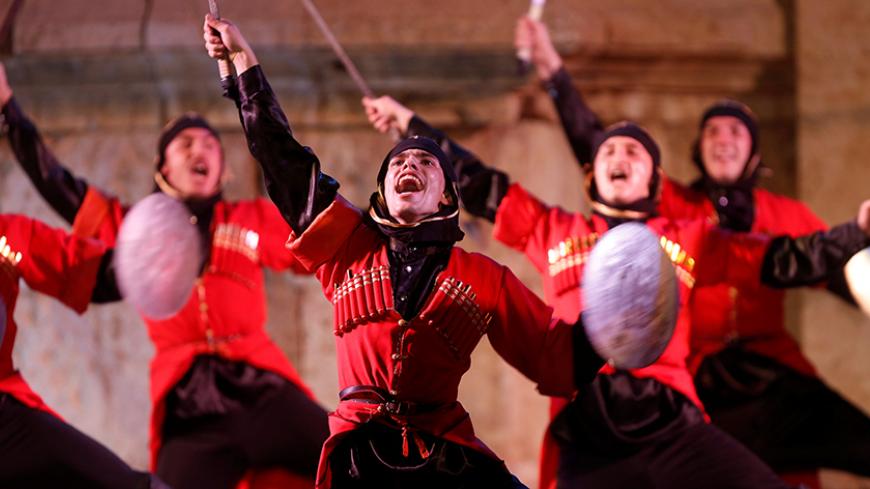MADINAT AL-BAATH, Golan Heights — I traveled recently from Damascus to what used to be Quneitra via an alternative northern route instead of using the main road, which was under threat from multiple armed groups. Although I was told the northern route was now safe, the driver never lifted his foot from the gas pedal.
Syria's 1973 war with Israel was aimed at recovering the Golan Heights, which Israel had captured in 1967, but only Quneitra was liberated. The UN Disengagement Observer Force that was set up in 1974 to observe the separation area between Israel and Syria is no longer visible. Most of the outposts were abandoned under attacks by radical Islamic groups. The force is now slowly returning to its former area of operations, but everyone still has guns. On one side of the separation area are Israel and Jabhat Fatah al-Sham (formerly the al-Qaeda-affiliated Jabhat al-Nusra) and the local allies it supports. On the other side are the Syrian army and national defense forces such as Kataeb al-Baath.



